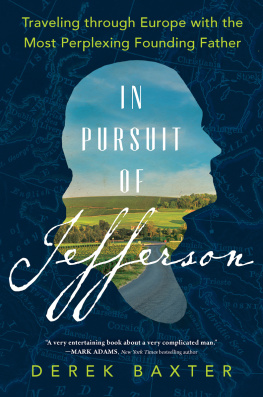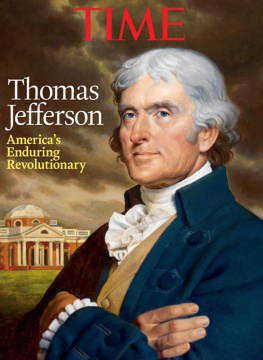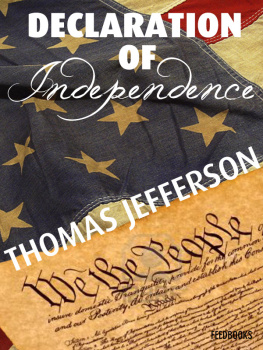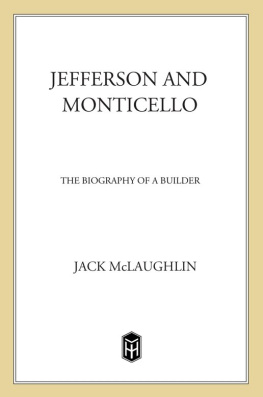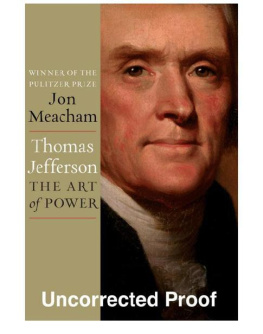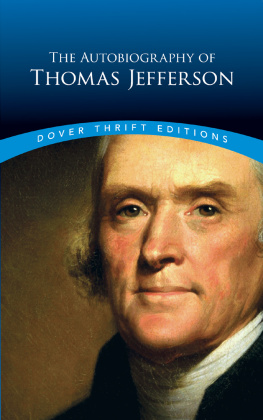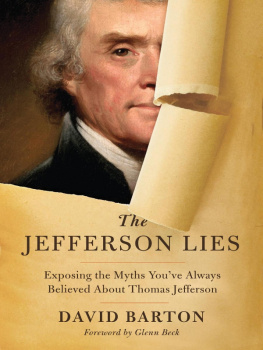Thank you for downloading this Sourcebooks eBook !
You are just one click away from
Being the first to hear about author happenings
VIP deals and steals
Exclusive giveaways
Free bonus content
Early access to interactive activities
Sneak peeks at our newest titles
Happy reading !
CLICK HERE TO SIGN UP
Books . Change . Lives .
Thank you for reading this Sourcebooks eBook !
Join our mailing list to stay in the know and receive special offers and bonus content on your favorite books and authors!
CLICK HERE TO SIGN UP
Books . Change . Lives .
Copyright 2022 by Derek Baxter
Cover and internal design 2022 by Sourcebooks
Cover design by Ploy Siripant
Cover images wilatlak villette/Getty Images, Dai Yim/Shutterstock, IdeaBug/Getty Images
Map illustration by Travis Hasenour
Internal image Druzhinina/Getty Images
Sourcebooks and the colophon are registered trademarks of Sourcebooks.
All rights reserved. No part of this book may be reproduced in any form or by any electronic or mechanical means including information storage and retrieval systemsexcept in the case of brief quotations embodied in critical articles or reviewswithout permission in writing from its publisher, Sourcebooks.
This publication is designed to provide accurate and authoritative information in regard to the subject matter covered. It is sold with the understanding that the publisher is not engaged in rendering legal, accounting, or other professional service. If legal advice or other expert assistance is required, the services of a competent professional person should be sought. From a Declaration of Principles Jointly Adopted by a Committee of the American Bar Association and a Committee of Publishers and Associations
All brand names and product names used in this book are trademarks, registered trademarks, or trade names of their respective holders. Sourcebooks is not associated with any product or vendor in this book.
Published by Sourcebooks
P.O. Box 4410, Naperville, Illinois 60567-4410
(630) 961-3900
sourcebooks.com
Cataloging-in-Publication Data is on file with the Library of Congress.


TABLE OF
Contents
To William, John, Thomas Lee,
Liana, Miranda, and Nico,
my fellow followers of Hints.
I respect all of you,
admire four of you,
and love three of you.
CHAPTER ONE
The Starting Line
Napoleon loosens up to my left and Roman legionaries stretch in front of me, but I am the only Thomas Jefferson at the starting line. Not the spitting image of him, mind you. He was six foot two, straight as a gun barrel, with red hair and gray-green eyes, built like a fine horse with no surplus flesh, it was said. Im clutching an iPhone.
So the comparison is imperfect. But I doubt the costumed runners around me, preparing for one of the strangest marathons in the world, know what he was supposed to look like anyways. And I do have some things in common with my favorite Founding Father. Were both Virginians who made their way here to the Mdoc, a sandy peninsula on the left bank of the Gironde estuary in Bordeaux in southwest France. We were both around age forty when we traveled far from home in search of something missing in our lives.
Lets start with Jeffersonhe did come first.
You might think of Thomas Jefferson as the smooth, confident Renaissance man who could do most anything, respected (even beloved) throughout America in his time as the leading voice of liberty. That wasnt the Jefferson of 1784. He sailed from Boston for Paris that year a broken man. Dark clouds hung over his political career; his time as governor of Virginia during the American Revolution, from 177981, had been a disaster. Jefferson was a brilliant writer and thinker but not the kind of decisive leader to guide a state successfully through war. He failed to prevent British troops from overrunning Virginia and, embarrassingly, had nearly been captured himself. Stung by fierce criticism from his political opponents, he announced his retirement from public life and didnt budge from this stance, even after the war concluded. Frustratingly, his greatest accomplishment to datethat he wrote the Declaration of Independencewas known only to a few. Other American leaders kept his authorship under wraps to make the document appear as the consensus work of the entire Continental Congress, not that of a lone genius.
Jefferson was sensitive, and the criticism hurt. But it paled in comparison to the tragedy he suffered in 1782. Martha, his wife of ten years, died some months after a difficult pregnancy. Jefferson was devastated. He had three daughters to raise by himself in a state that he felt had turned its back on him. He didnt know where to turn.
This is not sounding like a man who will be on the front of the nickel.
And he probably wouldnt be on it if he hadnt gotten on that ship to France. He brought his oldest daughter with him, entrusting his two younger ones with relatives, and began a new life. Jefferson spent five years based in Paris, a cityonce he got used to itthat fascinated him. He haunted bookstalls, matched wits with other intellectuals in salons, viewed art, listened to music, planned social reforms, and became an expert on every subject that caught his fancy. He returned home in 1789 famous, a leader in government, brimming with observations on architecture, agriculture, gardening, politics, and more. Rather than mimicking what he came across in Europe, he planned to take the best of what he saw and improve the concepts in America. Jefferson had a purpose againmore purposes than any one man could hope to accomplish in a lifetime, in fact. Back home he would rise.
His greatest insights came on three trips he took away from the French capital, traveling the wide, wide world. The first was a two-month sojourn in England in 1786, where he assisted John Adams in diplomatic dealings but more profitably spent his time exploring the gentle English countryside.
The next was a three-and-a-half-month-long voyage to Aix-en-Provence in the south of France in 1787, ostensibly to take mineral waters to help heal a broken wrist.
His final journey was a seven-week work trip to Amsterdam in 1788.
While on the road, he took copious notes on the people he met, from peasants to princes. He learned how to make cheese in Italy, discovered the sweetest figs in the Mediterranean, and found inspiration for the architecture of his home, Monticello, in Roman ruins and contemporary Parisian domes. He crossed the Alps while charting the elevations at which olive trees survived. He wrote lyrical letters on the road, sketched inventions from his carriage, made lifelong friends, and dreamed revolutionary thoughts again. Jefferson was back.
These travels meant so much to him that when two young Americans asked him what to do on their own trip through the continent, Jefferson responded with a five-thousand-word letterin effect a small, unpublished guidewhich he entitled Hints to Americans Traveling in Europe. he crafted a sober travel regime with themes to explore and questions to answer, designed to keep them on the straight and narrow, turning them into mini-Jeffersons.
Next page
